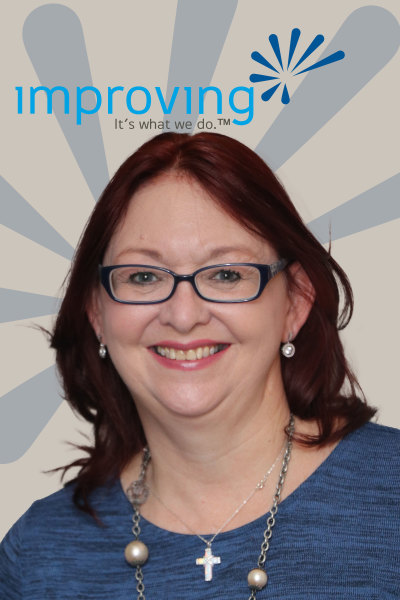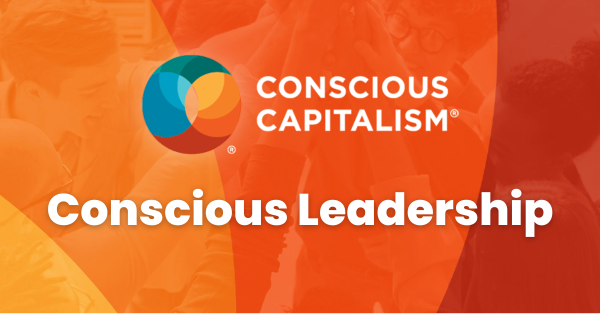Well, that was certainly true. We did not understand. Without having a common understanding of the problem, we could not agree on its solution. That would be like giving someone directions to a local hot spot without knowing where they were starting from or asking how much it costs to take a cab ride to the airport. The answer is totally dependent on where you start.

It took a long time for me to develop the confidence to ask for a mutual understanding of the problem at hand. Then, it took even longer for my request for a starting point to be taken seriously, and that was after the long wait to be invited to the meetings in the first place. But eventually, the doors opened a little bit. I stuck my foot in and began my own personal mission! (For anyone that is worried about my petite feet... no permanent harm occurred, but my psyche took a bit longer to recover.)
At the start of every meeting, I would ask what problem we were trying to resolve. This is where I made my second discovery around the question “what is your problem?” Apparently, a lot of very smart people have trouble simply stating the problem *nonjudgmentally* in one sentence or two. The responses to the questions were split fairly evenly between blaming another department or describing all of the pains that accompanied the issue.
This is where I took a backward approach and asked the participants to describe what their world would look like without the problem. I also asked where the group wanted to be when the problem is solved. Simple, right? Apparently not! Future visioning seemed a bit out of the box. So, I changed the landscape and asked grown, highly skilled team members to close their eyes while I waved my magic wand and made the problem go away. When they imagined this scenario, the right words and thoughts came to them. We had a breakthrough!
We now had a destination and could work backward to define the issue. Sometimes the desired state was as simple as “when the order arrives here, it will have X, Y, and Z” which can easily be translated back to the problem statement of “when the order reaches me, it is missing X, Y, and Z”.

This is a good time to circle back to the pain that everyone was so eager to share in the first place. Document the pain from all angles, including the players on the call, anyone who might be involved and impacted (invite them to join the next call), and finally, the impact on the customer, your bottom line, and your brand image. This will ensure everyone understands the problem and your new solution! Finally, it’s time to celebrate your successful meeting. You have officially reached the starting line. Now, you can implement the newfound solution to your problem with ease, or at least more ease than before. Interested in learning more? Reach out!




